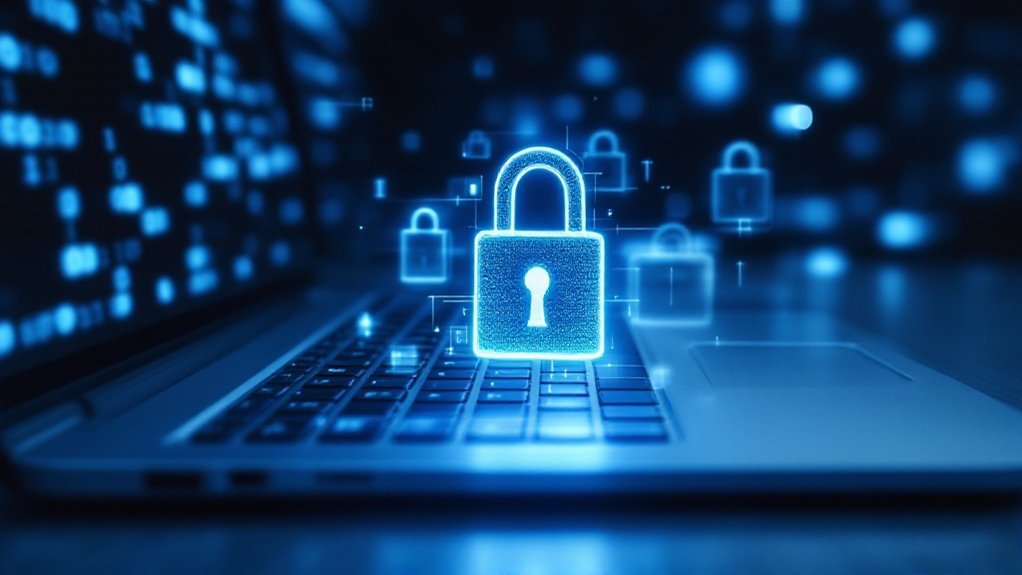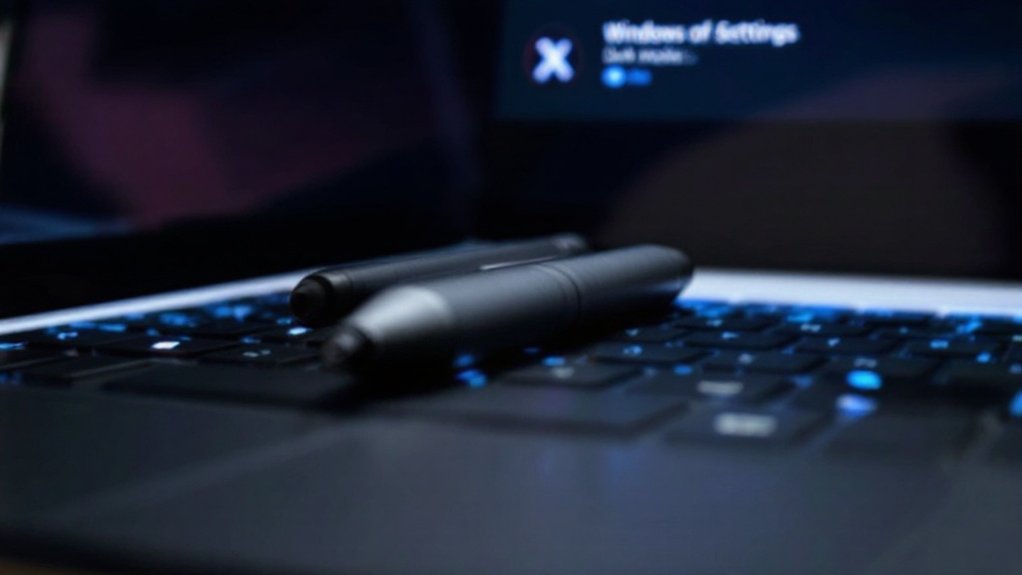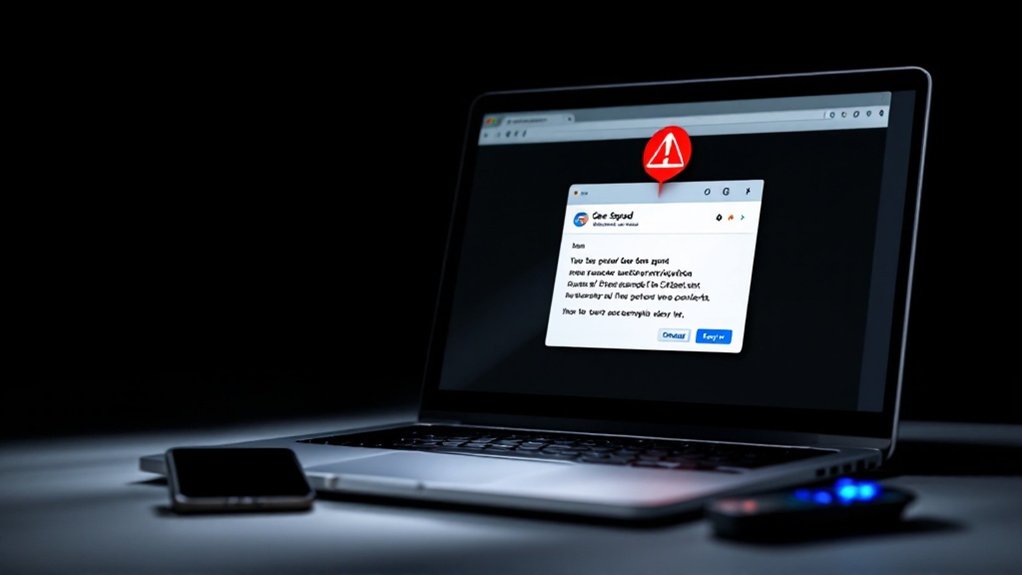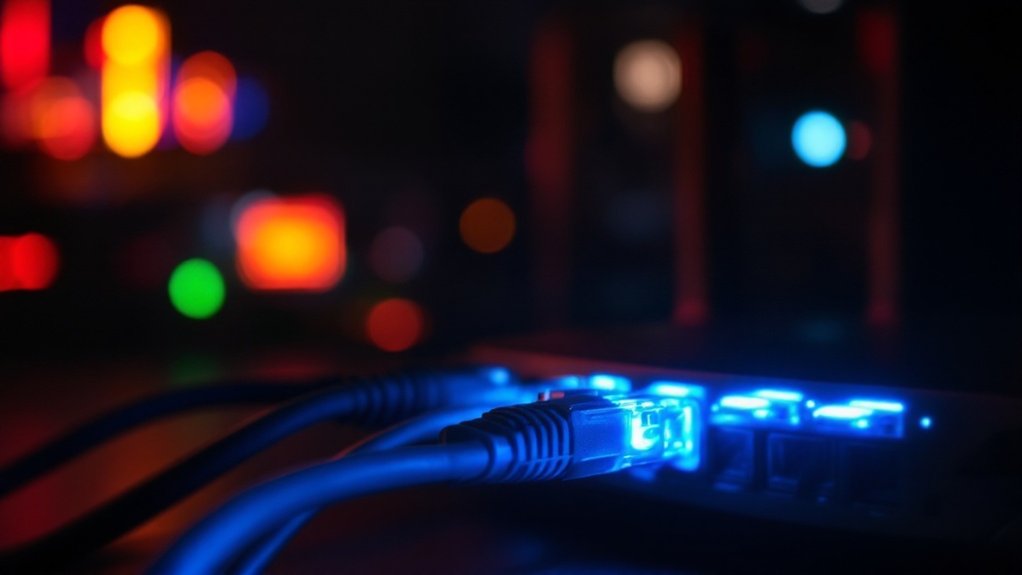AES encryption is the premier symmetric block cipher algorithm used globally to protect sensitive digital information. Adopted in 2001 by the National Institute of Standards and Technology, AES supports key sizes of 128, 192, and 256 bits, generating up to 3.4 x 10^38 potential combinations for data security. This encryption standard plays a crucial role in government communications, financial transactions, Wi-Fi networks, and cloud storage systems. Understanding its technical foundations reveals why AES remains the cornerstone of modern cybersecurity.
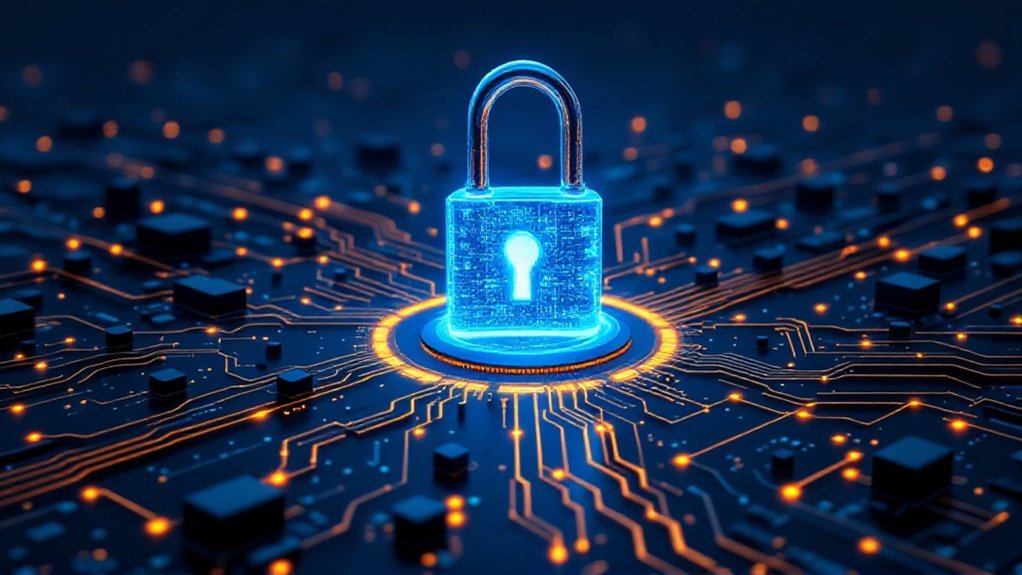
As cybersecurity threats continue to evolve in the digital age, the Advanced Encryption Standard (AES) remains the cornerstone of modern data protection strategies. Adopted by the National Institute of Standards and Technology in 2001, AES replaced the outdated Data Encryption Standard to become the premier symmetric block cipher algorithm for securing sensitive information. The algorithm supports key sizes of 128, 192, and 256 bits, operating on fixed-size data blocks of 128 bits to guarantee sturdy protection against unauthorized access. Its robust design makes it highly resistant to various cryptographic attacks.
The encryption process employs multiple rounds of sophisticated operations, including AddRoundKey, SubBytes, ShiftRows, and MixColumns, with the final round excluding the MixColumns operation. Each key size corresponds to a specific number of encryption rounds: 128-bit keys utilize 10 rounds, 192-bit keys employ 12 rounds, and 256-bit keys execute 14 rounds. This systematic approach generates an astronomical number of possible combinations, with 128-bit keys alone producing 3.4 x 10^38 potential variations. The implementation of GCM mode combines AES with GHASH to ensure both data confidentiality and integrity.
AES encryption has become integral to numerous cybersecurity applications, securing everything from government communications to financial transactions. Its implementation in Wi-Fi networks through WPA2/WPA3 protocols, cloud storage systems, and Virtual Private Networks demonstrates its versatility and reliability. Implementing two-factor authentication alongside AES encryption provides an additional layer of security against unauthorized access attempts.
The algorithm’s efficiency in both hardware and software implementations, coupled with its optimization for modern CPU instruction sets, makes it an attractive solution for businesses seeking sturdy data protection.
The future of AES in cybersecurity appears secure, as researchers continue to scrutinize the algorithm for potential vulnerabilities as they prepare for the post-quantum computing era. Its integration with emerging technologies, such as Internet of Things devices and 5G networks, highlights its ongoing relevance in the evolving digital scenery.
Although proper key management remains essential for maintaining security, AES’s combination of speed, reliability, and computational efficiency guarantees its position as the global standard for data encryption, protecting sensitive information across platforms and systems worldwide.
Frequently Asked Questions
How Long Does It Take to Crack AES-256 Encryption?
AES-256 encryption remains virtually unbreakable using current technology, requiring billions of years for brute force attempts across its 2^256 possible combinations.
Even quantum computers, using Grover’s algorithm, would need 2.29*10^32 years to crack the encryption.
In contrast to theoretical attacks that exist for improperly configured systems, no practical vulnerabilities have been identified in properly implemented AES-256, making it effectively impossible to breach with modern computing capabilities.
Can Quantum Computers Break AES Encryption?
Current quantum computers cannot break AES encryption because of technological limitations.
Whereas Grover’s algorithm could theoretically reduce AES-256 security by half, it would require approximately 20 million stable qubits to pose a real threat.
AES-256 remains quantum-resistant, as today’s most advanced quantum computers operate with far fewer qubits.
Experts project AES-256 will maintain its security for at least three to four decades.
Is AES Encryption Free to Use?
AES encryption is free to use for both commercial and non-commercial applications, with no licensing fees or royalties required.
The algorithm, selected by NIST as the standard encryption method in 2001, can be implemented in software or hardware without cost restrictions.
Multiple free tools support AES encryption, including VeraCrypt, 7-Zip, and AxCrypt, whereas operating systems like Windows provide built-in AES encryption through BitLocker.
Which Companies Currently Use AES Encryption for Their Products?
AES encryption is widely implemented across major technology companies and industries.
Microsoft employs it in BitLocker and Azure, whereas Google integrates it throughout Cloud services.
Apple utilizes AES in FileVault and iCloud, and AWS implements it for data protection.
Financial institutions, including Visa and PayPal, rely on AES for transaction security.
Hardware manufacturers Intel and AMD incorporate AES acceleration in their processors, whereas storage companies Seagate and Western Digital use it in encrypted drives.
How Much Computing Power Is Needed to Implement AES Encryption?
Computing power requirements for AES encryption vary considerably across devices and implementations.
Modern processors with AES-NI instructions can achieve throughput of multiple gigabytes per second, whereas requiring only 1.3 cycles per byte for AES-128.
Legacy systems, such as Pentium Pro processors, need 18 clock cycles per byte, yielding approximately 11 MiB/s at 200 MHz.
Hardware implementations typically demand fewer resources than software solutions, making AES suitable for devices ranging from smart cards to high-performance servers.

